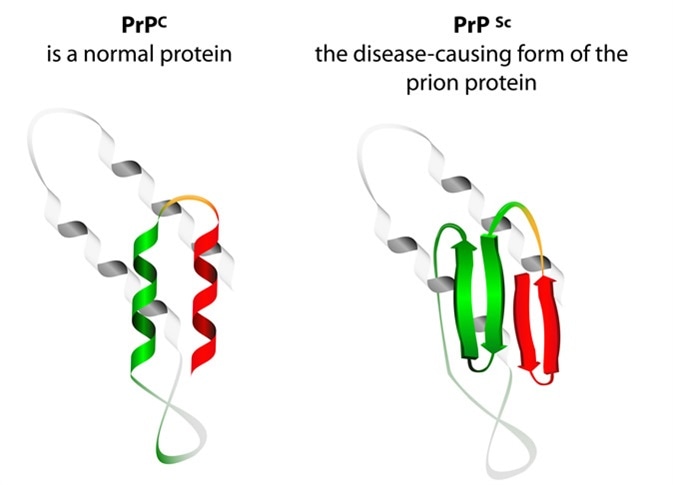Reference




OpenAI's Answer
Prion diseases, or transmissible spongiform encephalopathies (TSEs), can indeed be transmitted through direct contact with affected tissues. According to information from the University of North Carolina, prion diseases are transmissible by inoculation or ingestion of infected tissues or homogenates. High levels of infectivity are present in the brain, and prions can also be transmitted during invasive medical interventions involving exposure to infected human tissues or organs, as noted by UCSF Memory and Aging Center.
For additional details, the Boston University also mentions that prion diseases can be transmitted via needle or scalpel inoculation of infected tissues.
Here's an illustrative image relevant to prion diseases:

Follow Up
Related
How does Donald Trump's win affects Indian students preparing for graduate studies in US?
How does the law affect members of the Armed Forces, CSIS, or RCMP?
CHAPTER 2 - Literature Review 2.1. Introduction This chapter undertakes a review of literature to
How much area was affected by fires between 1998 and 2001?
How does the BDNF polymorphism affect extinction learning in both mice and humans?